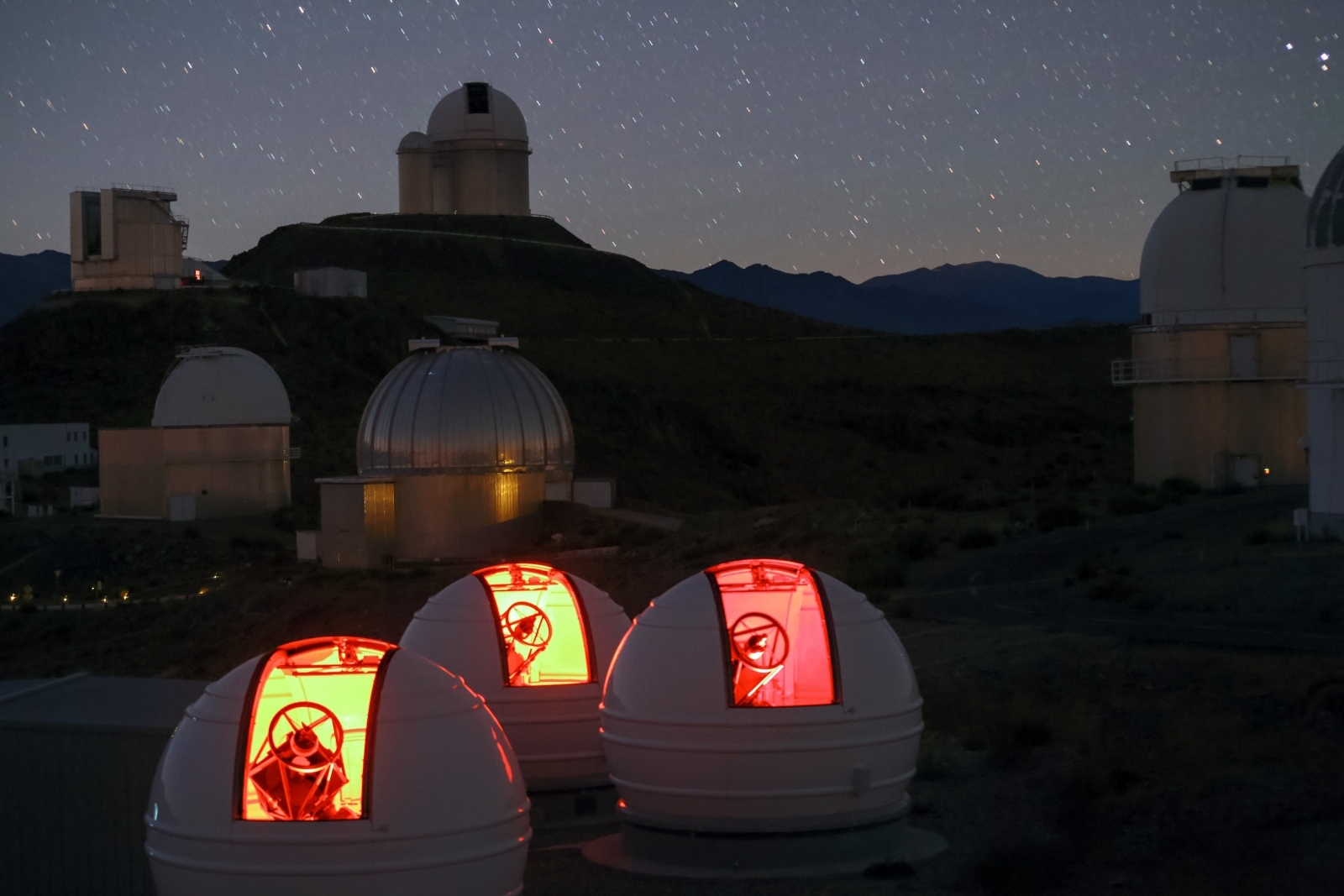What is ExTra? New next-gen telescopes will look for potentially habitable Earth-sized alien worlds
The ESO's new planet hunting telescopes have been designed to search for Earth-sized planets orbiting red dwarf stars.
A powerful planet-hunting trio of telescopes is now online and may soon find previously undetectable Earth-like alien worlds, which are considered to be the most likely candidates to host extraterrestrial life.
Exoplanets in Transits and their Atmospheres – ExTra is the ESO's newest baby and consists of three next-gen telescopes, specially designed to look for Earth-sized alien worlds orbiting red dwarf stars. The ExTra telescopes have been designed to routinely monitor the light coming from red dwarf stars, looking for any slight dips in brightness, which could be caused by nearby planets passing by – this is called the transit method.
The telescopes will be focusing on searching for M dwarf planets, which are small bright stars commonly found in the Milky Way galaxy. These stars are considered to be the most likely candidates to host Earth-sized planets, which in turn could likely be potentially habitable.
ExTra, which is a French project, is located at the ESO's La Silla Observatory and has been funded by the European Research Council and the French Agence National de la Recherche. Despite its location, the telescopes will be operated remotely from Grenoble, France.
"La Silla was selected as the home of the telescopes because of the site's excellent atmospheric conditions," the ExTra project's lead researcher, Xavier Bonfils, said. "The kind of light we are observing — near-infrared — is very easily absorbed by Earth's atmosphere, so we required the driest and darkest conditions possible. La Silla is a perfect match to our specifications."
However, ExTra will not only search for Earth-sized alien worlds, the telescopes have also been designed to study such planets in detail. The telescopes will analyse the alien worlds' properties and figure out their composition to determine whether they share any similarities with Earth.
"With ExTrA, we can also address some fundamental questions about planets in our galaxy. We hope to explore how common these planets are, the behaviour of multi-planet systems, and the sorts of environments that lead to their formation," Jose-Manuel Almenara, a member of the ExTra project team said.
"With the next generation of telescopes, such as ESO's Extremely Large Telescope, we may be able to study the atmospheres of exoplanets found by ExTra to try to assess the viability of these worlds to support life as we know it. The study of exoplanets is bringing what was once science fiction into the world of science fact," Bonfils said.


























